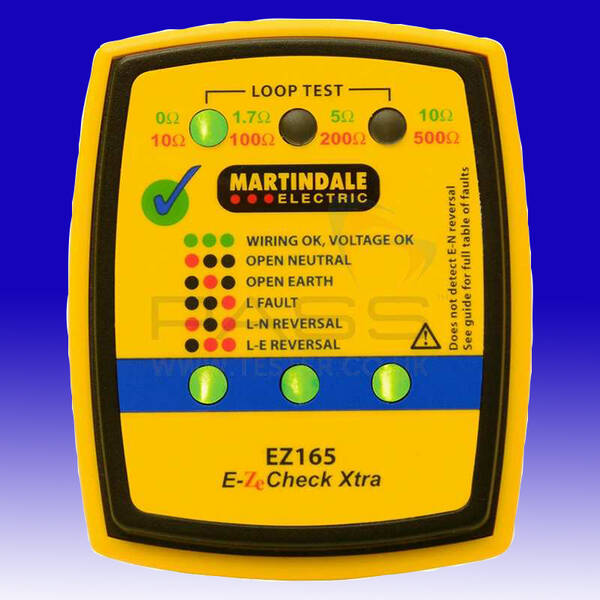Hi everyone,
Just looking for some guidance on an issue we've got with our new tumble dryer. Since we bought it it has been intermittently tripping our RCD on our CU. We assumed it would be a fault on the dryer itself so had the manufacturer tech service people out. The issue has never happened before and it is certainly the tumble dryer that is causing the trip (happened maybe 15 times in a 6 week period after we got it and every time the dryer was on but not necessarily running a cycle. It has a crease guard function so it continues operating after the program has finished)
In short they put a test meter on the dryer and found no electrical faults etc. with all reading being within spec. He said it was probably just an over-sensitive RCD but since he's not an electrician he can't advise what that could be/mean. That's why I'm here
The user manual point out that the following for the appliance:
"If using a residual current circuit breaker, only use one that bears the following mark:
The presence of this mark is the only way yo be sure that it fulfils all the applicable regulations. "
(the symbol is for a Type A RCD...
 )
)
My CU is a split board with two RCDs 80A 30mA Type AC
So finally my question... if the manufacturers are saying their product should only be added to a type A RCD, would my AC type work in the same way? Would getting an electrician involved to test things be a waste of time since the RCD is clearly doing what it is supposed to?
Any ways to narrow down the issue and identify if it's a dryer fault or electrical fault somewhere?
Many thanks if you attempt to answer
Just looking for some guidance on an issue we've got with our new tumble dryer. Since we bought it it has been intermittently tripping our RCD on our CU. We assumed it would be a fault on the dryer itself so had the manufacturer tech service people out. The issue has never happened before and it is certainly the tumble dryer that is causing the trip (happened maybe 15 times in a 6 week period after we got it and every time the dryer was on but not necessarily running a cycle. It has a crease guard function so it continues operating after the program has finished)
In short they put a test meter on the dryer and found no electrical faults etc. with all reading being within spec. He said it was probably just an over-sensitive RCD but since he's not an electrician he can't advise what that could be/mean. That's why I'm here
The user manual point out that the following for the appliance:
"If using a residual current circuit breaker, only use one that bears the following mark:
The presence of this mark is the only way yo be sure that it fulfils all the applicable regulations. "
(the symbol is for a Type A RCD...

My CU is a split board with two RCDs 80A 30mA Type AC
So finally my question... if the manufacturers are saying their product should only be added to a type A RCD, would my AC type work in the same way? Would getting an electrician involved to test things be a waste of time since the RCD is clearly doing what it is supposed to?
Any ways to narrow down the issue and identify if it's a dryer fault or electrical fault somewhere?
Many thanks if you attempt to answer


